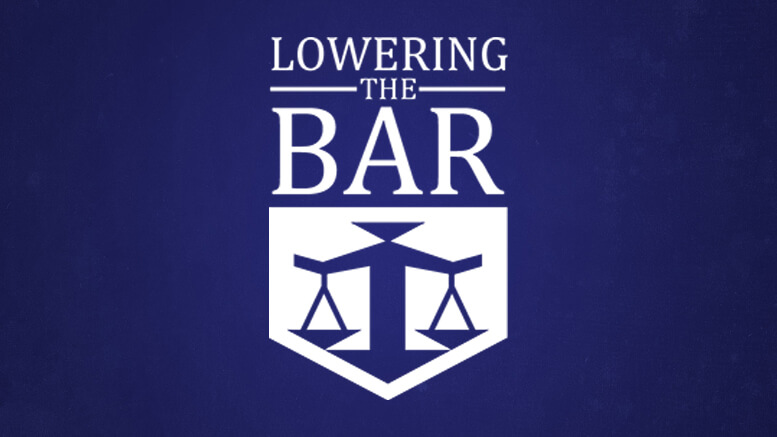You hopefully recall the case of Tamir Rice, the sixth-grader killed by a Cleveland police officer last November even though the 911 caller who reported that the boy had a gun told the dispatcher it was "probably fake." This is the case where the police pulled up right next to the kid, hopped out and shot him within two seconds of stopping, and then knocked down and handcuffed his 14-year-old sister when she tried to run to him. All captured in the first two minutes of this surveillance-camera video.
This doesn't make it worse, I guess, because how could it? But it's awful.
Shaun King originally posted the document below on May 20, saying it had been recently obtained from the Cleveland PD. It appears to be an incident report completed on November 29, a week after the shooting (the 5/20 date in the top right is presumably when it was printed). Some reports describe this as a charging document, but it seems unlikely that anyone would actually have considered charging Tamir Rice with anything, if only because he had been dead for a week. This is probably just a bureaucrat filling out a form, but it is still a chilling if no longer very surprising look at how police view incidents like these.
Here are the takeaways:
- The incident, in which a police officer shot and killed a 12-year-old who had a fake gun, is described as involving one offender (the 12-year-old) and three "victims": the State of Ohio and the two police officers. Maybe "the State" is being used here to represent "the people," but still it is hard to see how it/they could be considered "the primary victim" of any crime. More baffling is how either officer, especially the one who did the shooting, could be classified that way. (But that's apparently the way it's always done—as I wrote a while back, Officer Darren Wilson was also described as "the victim" after he killed Michael Brown. Though he did have that bruise.)
- In fact, the officer who shot Tamir Rice is described here as having suffered "minor injuries" for which he was treated and released. Unless he hit himself with a ricochet, these "injuries" could only have been incurred while he was helping his partner handcuff a 14-year-old girl. (He's not even the one who tackled her.)
- The offender is said to have potentially committed two offenses: "aggravated menacing" and "inducing panic." Now, the idea that he "induced panic" in the officers is ridiculous, but that's not what the charge would have been. These offenses are defined broadly enough that if there was reason to believe the kid had been threatening people in the park with a real gun, they might fit. But since it was apparent within 30 seconds of the cops' arrival that those weren't the facts, why does an incident report created a week later still say this?
- Possibly worst of all is the "case narrative" at the end, which isn't a narrative but rather looks like a list of key phrases or terms that might be used in a database. This "narrative," for example, includes "Aggravated Menacing," "Inducing Panic," "Facsimile Firearm," and "Juvenile Complaint," and it concludes by saying, apparently, that the matter pending against the offender has been "Abated by Death." Well, I guess he got lucky there.
- Note that there appears to be no key phrase in their database even remotely equivalent to "Shot by Officer." Or if there is, they didn't bother to include it.
